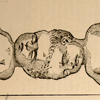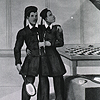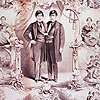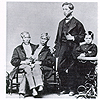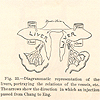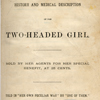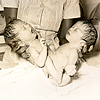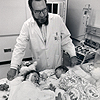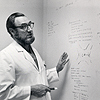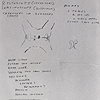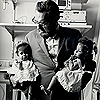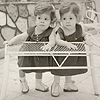
Gallery of Images
Embryology and Classification of Conjoined Twins
Age of Superstition (15th-18th centuries)

Locher, Jacob, 1471-1528. Carmen heroicum de partu monstrifero. Ingolstadt: Johann Kachelofen, after 26 Nov. 1499.

Liceti, Fortunio, 1577-1657. De monstrorum caussis, natura, et differentiis libri duo. Patavii: Apud Paulum Frambottum, 1634.

Aristotle, pseud. Aristotle's compleat master piece, in three parts. The 29th ed. London: Printed and sold by the booksellers, 1772.
Marvels on Exhibit (19th century)
Separation Surgeries (20th century)
Note: All images displayed in the separation surgeries section may be found in the C. Everett Koop Papers at the National Library of Medicine and are the courtesy of Dr. Koop. Images of the separated twins taken at the hospital are posted to the website by permission of The Children's Hospital of Philadelphia. Every effort was made to secure the permissions to post the other images, but the current copyright owner either could not be identified or could not be contacted. If you have information regarding the copyright owner, please contact us at NLM Customer Support.
Other Images
Last Reviewed: March 11, 2024



